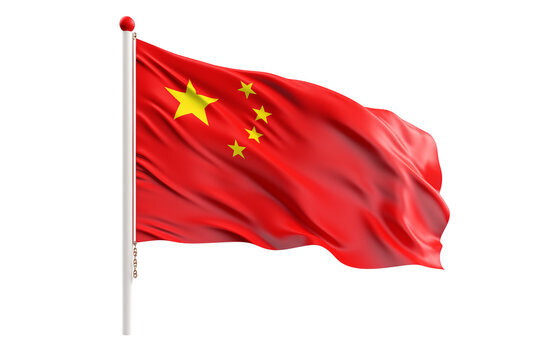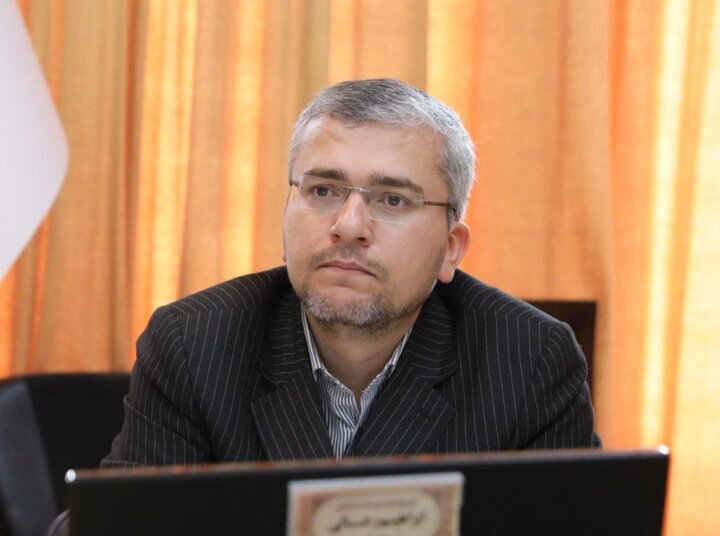Unlocking Potential: How China’s Belt and Road Initiative Navigates Threats and Seizes Opportunities
The Belt and Road Initiative (BRI), launched in 2013, remains a crucial strategy for the People’s Republic of China, despite facing numerous challenges and transformations over the years. This comprehensive initiative has been pivotal in reshaping global trade routes and fostering economic cooperation among participating countries. In this article, we will explore the key elements of the BRI, including the Green Silk Road, Health Silk Road, Digital Silk Road, and Polar Silk Road, highlighting their significance and the adjustments made to address contemporary global issues.
The Green Silk Road
Since its inception, the BRI has faced criticism for not adequately addressing environmental standards in its projects. However, recent global commitments, particularly the Paris Agreement, have pressured China to adopt a more sustainable approach. The following factors have contributed to the rise of the Green Silk Road (GSR):
- Environmental Concerns: The need for improved environmental standards has become increasingly apparent.
- Energy Efficiency: Rising fossil fuel prices and geopolitical tensions, such as the invasion of Ukraine, have emphasized the importance of diversifying energy sources.
- Market Opportunities: Many BRI nations face sustainable development challenges, creating a significant demand for green technologies and services.
These elements have prompted Chinese policymakers to prioritize sustainability within the BRI framework, leading to the establishment of the Green Silk Road.
The Health Silk Road
The Health Silk Road (HSR), which first emerged in 2015, gained prominence during the COVID-19 pandemic. The pandemic has reshaped various aspects of the BRI, particularly in health and medical cooperation:
- Project Disruptions: COVID-19 restrictions led to the suspension or slowdown of many BRI infrastructure projects.
- Budget Reassessments: The pandemic forced many participating countries to prioritize healthcare in their budgets.
- Opportunities for Collaboration: The pandemic presented China with chances for medical innovations and international healthcare partnerships.
As a result, the HSR has become a vital framework for cooperation and exchange in the healthcare sector among BRI countries.
The Digital Silk Road
Similar to the HSR, the Digital Silk Road (DSR) originated in 2015 but gained traction due to recent global changes. Factors influencing the DSR’s importance include:
- COVID-19 Impact: The pandemic accelerated the demand for digital services and products.
- Technological Independence: China has sought to enhance its technological self-sufficiency amidst rising tensions with the United States.
- Digital Infrastructure Development: The DSR encompasses various sectors, including broadband, satellite systems, and smart cities.
These developments have positioned the DSR as a crucial component of the BRI, enhancing digital connectivity across participating countries.
The Polar Silk Road
The Polar Silk Road (PSR) focuses on Arctic shipping routes that connect North America, East Asia, and Western Europe. The melting ice due to climate change has opened new shipping opportunities, leading to:
- Reduced Shipping Costs: New routes may provide shorter, more cost-effective shipping alternatives.
- Resource Exploitation: The PSR aims to facilitate the extraction of minerals and fossil fuels in the Arctic region.
- Geopolitical Dynamics: Russia’s increasing economic dependence on China has allowed for expanded activities in the Arctic despite geopolitical tensions.
The PSR represents another critical aspect of the BRI, highlighting China’s strategic interests in the Arctic region.
New Evolution of BRI
The BRI’s primary objectives include increasing China’s market access, utilizing excess production capacity, and enhancing technological capabilities. However, recent geopolitical developments, such as the withdrawal of the United States from Afghanistan and the ongoing Russo-Ukrainian conflict, have posed substantial challenges to the BRI’s initial goals. In this context, the emergence of the GSR, HSR, and DSR has not only sustained the BRI but also transformed it significantly.
As the global landscape continues to evolve, it remains to be seen how new geopolitical developments, including potential U.S. territorial expansions, will further influence the direction and evolution of the Belt and Road Initiative.
“The opinions presented in the article belong to the author and do not necessarily represent the views of the Tehran Times.”






